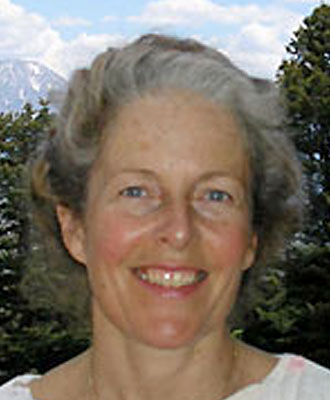Abstract
Twenty years ago, the earliest anisotropy workers suspected that horizontal permeability anisotropy due to aligned connected porosity was linked with seismic anisotropy (azimuthal anisotropy). Today, the winds have changed, for many geophysicists know this to be true.
Our industry now has a respectable world-wide effort in research, acquisition, processing, interpretation, and modeling that pursue precisely this linkage. The current thought process is that unequal horizontal stresses and/or vertical aligned fractures can provide the aligned connected porosity which enables a preferred flow direction, usually expressed as "horizontal permeability anisotropy." The presence of vertical aligned fractures and/or unequal horizontal stresses typically cause clear azimuthal variations in the seismic signatures of both PP and PS reflections.
The earliest efforts pursued the azimuthal variation of PP and SS traveltimes and amplitudes, because these pure-mode seismic reflection measurements are the "easiest" measurements the seismic industry could process and interpret, for we believe we easily capture traveltimes and (somewhat easily) amplitudes. Thus our documentation of the relationship of azimuthal PP – traveltimes and AVOaz -- and split shear wave measurements was founded. As time went on, the PS modes (P-S1 and P-S2), more precisely known as the split C-waves (converted wave: P down and S up), were used to document the shear wave anisotropy arising from unequal horizontal stress and/or vertical aligned fractures: for our interpretation of split shear waves travelling through the same rocks does not suffer from the ambiguities within azimuthal PP (lateral heterogeneity versus azimuthal anisotropy). It can be argued that PP AVOaz would be less affected by lateral heterogeneities than PP azimuthal-interval-velocity calculations. However, any PP azimuthal study must document both azimuthal traveltimes and AVOaz in order to not encounter pitfalls and to fully characterize the strata.
In thinly-bedded sections, the tuning phenomena have been studied extensively. If the thinly bedded sandstones, for example, are more fractured than their encasing shales, then a different tuning response exists azimuthally. Also, the calculation of azimuthal-coherence, especially as an offset-dependent quantity, is a promising new tool in the azimuthal-arsenal.
For at least 20 years, researchers have pointed out that the "biggest" (!) anomaly that links horizontal permeability anisotropy to seismic anisotropy is azimuthal variation in attenuation. But attenuation has usually received cursory dismissal for a variety of "reasons": 1) "attenuation is too hard to quantify"; 2) we don't like "dim zones" being "pay", because they are "too fuzzy" to map and 3) there are too many other reasons for dim zones, rather than azimuthal attenuation. The azimuthal difference in attenuation, however, may be easier to quantify than the absolute measure of attenuation. One of the major problems in the past is that we have systematically removed in processing nearly every manifestation of azimuthal attenuation via trace equalization, AGC, spectral whitening, trace-by-trace decon, and other very powerful processing techniques.
In the past, attenuation has been a classic problem, and rarely perceived as a "solution" to anything. But the winds of change are blowing, so those of us who can climb on board to ride the next wave of multi-azimuth multi-component multi-mode 3D and 4D seismic shall be carried forward, powered by the winds of change.
Biography
Heloise Lynn started working in reflection seismic in the oil/gas industry in 1975, processing seismic data at Texaco, in Houston, Texas. In 1978, she completed her MS in Exploration Geophysics, Stanford University, and in December, 1979, she completed her PhD in Geophysics, also at Stanford University, in (post-stack) depth migration and interpretation issues within migration algorithms. From 1980-1984, she worked for Amoco, in Houston. In collaboration with Leon Thomsen and Rusty Alford, she worked on shear wave splitting, and anisotropy in SS reflection data. From 1984-present, she has been consulting on anisotropy, multicomponent, and multi-azimuth techniques.
From 1981 onwards, she has been working on recognition and use of S wave splitting in reflection SS data (mid-1980s), using multi-azimuth and multicomponent data to characterize naturally fractured gas reservoirs (mid-1990s). In the mid-1990s, the U.S. Department of Energy funded three projects, wherein she served as principal geophysicist, to document how to use reflection seismic to characterize naturally-fractured gas reservoirs. Her current interests include the co-rendering of high dimensional seismic datasets for interpretation (mid-2000s). Where you sit governs what you see, and subsequent 2 articles, by H.B. Lynn and Ping Chen and Chenyi Hu, in The Recorder, Canadian SEG, July 2003, discuss the visualization of high-dimensional datasets.





